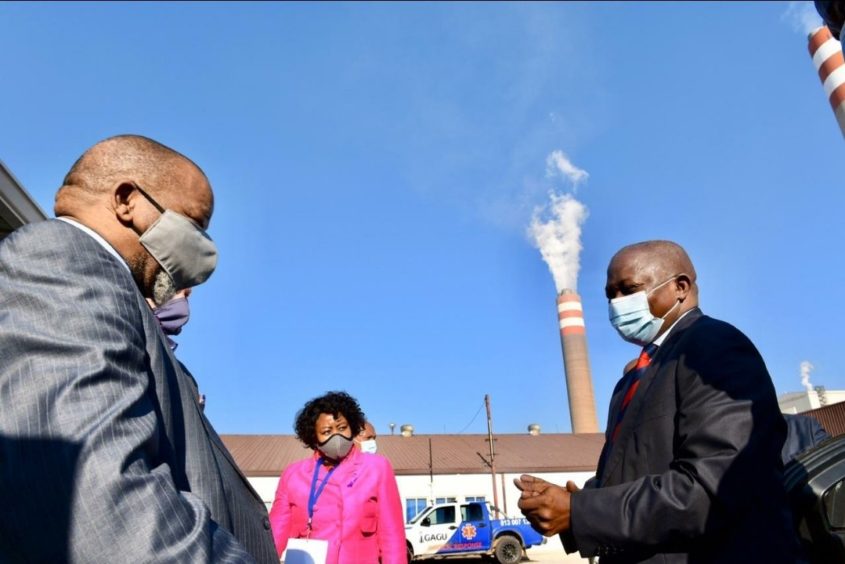
South Africa expects to announced winning bids under its Bid Window 5 by the end of October.
Minister of Mineral Resources and Energy Gwede Mantashe was talking on the bid window, which covers 2,600 MW of renewable energy. The ministry will go on to begin procurement work for another 4,200 MW before the end of March 2022.
Bid Window 5 opened in March and closed in mid-August. The government is pushing for companies to begin work swiftly, targeting first electricity within 28 months.
South Africa has completed the procurement of 6,422 MW of renewable energy. Four previous bid rounds have brought 5,422 MW onto the grid. Renewable power accounts for just under 10% of the country’s electricity supply.
“The biggest allocation for new generation capacity to be developed between now and the year 2030 is renewable energy,” Mantashe said. The Integrated Resource Plan (IRP) from 2019 calls for 14,000 MW of wind power, 6,000 MW of solar and 2,088 MW of battery storage.
Critics have expressed concern over the high price of renewable power under the previous bid windows.
“But I always argue that that was a subsidy for introducing technology that was necessary in the economy,” Mantashe said. “Therefore, it was not a cost, rather that it was a premium paid for introducing technology to the economy.”
Local content
One way of tackling costs would be to increase domestic manufacturing of components for renewable energy.
“Analysis of the potential jobs in renewable energy shows that large numbers of jobs will be created during the manufacturing and construction phase. It is crucial for us as a country to maximise economic opportunities that come with the planned power generation capacity,” Mantashe said.
The early bid rounds had driven a move to create local capacity. The pace of progress slowed after Bid Window 4, in 2015. Companies shuttered local capacity as opportunities dried up.
“The department is working with business, labour and community representatives to develop localisation and industrial plans that will make it possible for us to attract investment and develop local manufacturing capacity, Mantashe said.
South Africa is largely reliant on coal-fired power, with this playing an important part in employment.

